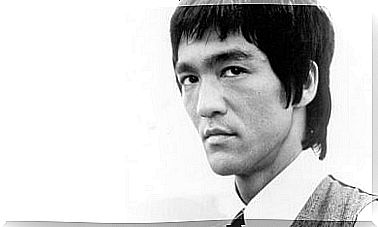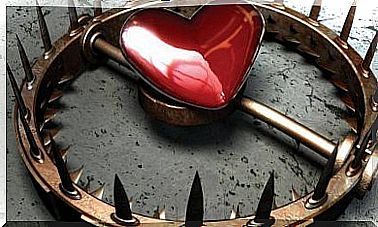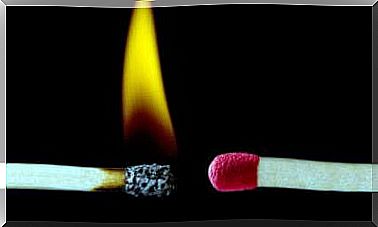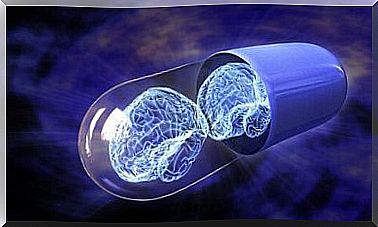Lord Byron, Biography Of The Quintessential Romantic Hero
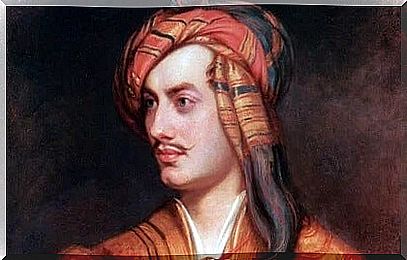
Discover the biography of Lord Byron, who embodied the romantic character par excellence. It was the enfant terrible of the 19th century. Hedonist, defiant of social conventions, courageous, eccentric and, above all, one of the most important poets in our history. Few figures embodied this spirit so well, halfway between tragic and heroic, that he made his own life a true legend.
About ten years ago, a small treasure on George Gordon, known worldwide as Lord Byron, came out on the publishing market: his diaries. These confidences, finally collected and published, provide us with very revealing information about the person (not the character). In this intimate testimony, we find a young man who had little to do with that conqueror famous for his love affairs.
He loved his sister. However, the romances attributed to him with Shelley or Polidori, for example, were never true. Byron had an admirable artistic sensibility. He had, in effect, a cynical, insolent and even contradictory personality. He was a man who described himself as a mere observer of the world, a very boring world, according to him, but in which he lived with absolute passion.
He also claimed to have no political ideas. However, he lost his life fighting for the independence of Greece. Going deeper into his diaries and his figure undoubtedly helps us to go beyond the classic image of Byron dressed as a pirate, always magnetic towards women, a lover of scandal and adventure.
So, in the words of Anthony Burgess , the world still owes many acknowledgments to Lord Byron. It is necessary to go beyond the legend to understand the impact of his work and thus reveal the man behind the mask.
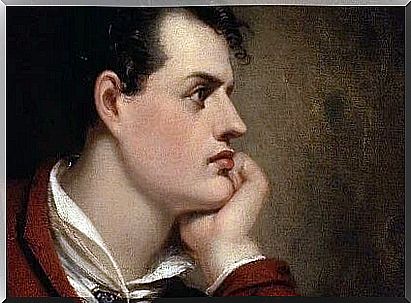
George Gordon, Lord Byron: The Biography of a Romantic Poet
Byron’s father was a famous captain known as Mad Jack. Bad reputation followed, as did his tendency to spend fortunes. In fact, that’s exactly what happened when he married Lady Catherine Gordon, a Scottish heiress. After the birth of George Gordon in Scotland in 1788, mother and son had no choice but to live in humble lodgings in Aberdeen.
Little Byron was born with a deformity in his right foot, which made evident the classic limping characteristic for which he was known. It was only when he turned 10 years old that his luck improved, along with that of his mother. He inherited the title and estates from his great-uncle William, the fifth Baron of the Byrons.
From that moment on, your life would take a 180-degree turn. He went to Harrow, one of the most prestigious schools in England. In 1803, he fell in love with one of his cousins. It was Mary Chaworth, an older girl who was already engaged. This rejection and the figure of an unattainable love inspired the first poems, those that, later, would mature in each experience, experience and adventure.
The university and the birth of legend
In 1805, Lord Byron entered Trinity College Cambridge. It didn’t take long for him to stand out as one of the brightest and, at the same time, extravagant students. His verses began to gain notoriety among the academic and student community. His behaviors, his extravagant clothes and even the pet he always took with him also drew attention: a monkey.
He learned boxing and fencing, cultivated great friendships and ended up dropping out of school after falling in love with a prostitute. He lived in Picadilly for a while and then returned to his mother, deciding to devote himself to writing poetry. His first published work was Hours of Idleness ( Hours of Leisure ), in 1807. This work earned him an almost unexpected recognition.
In 1809, Byron entered the House of Lords. A responsible position he took advantage of: he embarked with a friend on a great trip. They went to Lisbon, crossed Spain and later spent a few months in Malta and Greece. This adventure would end in Constantinople (now Istanbul, Turkey). An evocative journey, from which Byron drew great artistic inspiration.
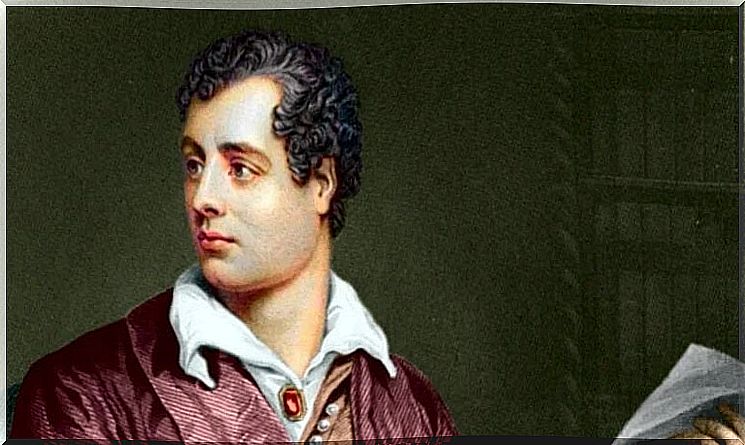
Returning from this long journey, young Byron returned home and discovered two things. The first was the death of the mother. The second was that his book Childe Harold Pilgrimage ( The Pilgrimage of Childe Harold ) had been a success and he had become the most famous figure in England.
Love and friendship in the biography of Lord Byron
By the summer of 1813, much of society was aware of Byron’s relationship with his half-sister, Augusta Leight. She was the child of her father’s first marriage and the person he loved beyond repair all his life. It didn’t matter that she was married: the bond between them was known to most people.
This burden of conscience appeared in several of his works, such as The Giaour (1813), The bride of Abydos (1813), The Corsair (1814) and Lara (1814) . So, in order to end this relationship once and for all, he decided to marry Annabella Milbanke. From this relationship, Augusta Ada was born, who would later become the famous programmer and mathematician Ada Lovelace.
However, this marriage was as ephemeral as it was doomed to failure practically from the beginning. Rumors of the relationship between Lord Byron and his sister never ceased to haunt them. So, after a well-agreed separation, he decided to leave England and settle in Geneva, close to his friend Percy Bysshe Shelley and Mary Godwin (later Mary Shelley). From these months, an intense literary and poetic production emerged that undoubtedly marked these three great authors.
Don Juan and the Independence of Greece
After leaving Switzerland, Lord Byron undertook further travels throughout Italy. On this journey, carried out between 1817 and 1821, he took the opportunity, among other things, to write his greatest poem, Don Juan , a satire in the form of picaresque verses.
In it, he revealed other aspects of his character and personality little known until now: his satirical spirit. It is a daring and comic work that, at times, reveals an absence of delicacy and calls into question the classic image of the seducer.
However, it was in 1822 that Byron received what were perhaps the worst blows of his life. First, their five-year-old daughter Allegra, who had been dropped off at a college near Ravenna, passed away. Three months later, his friend Shelley died when the small schooner he was on sank during a boat trip they were taking together. A schooner they called, exactly, Don Juan .
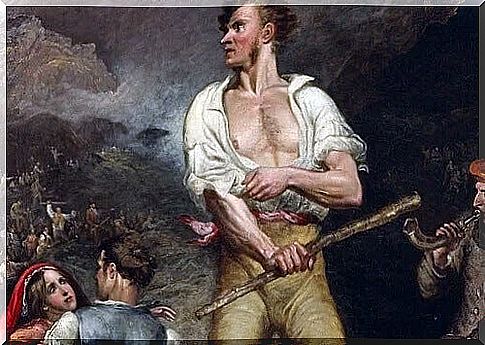
A year after these losses, Lord Byron was appointed a member of the London Committee for the Independence of Greece. An undertaking in which he did not hesitate to get involved to fight for a land he loved. He did not fear the fight and, like any other Greek, he came with the same passion and pride to free her from the Ottoman Empire. There, he was received like a hero and wrote what was his last composition: At my thirty-six years old.
It is said that he himself predicted his own death months earlier. While preparing with his partisans an attack on the Turkish fortress in the Gulf of Corinth, he fell ill. There is talk of malaria and also of epileptic attacks. However, biographers point out that the main cause of his death was inadequate medical treatment based on terrible bleeding and consequent sepsis.
The romantic hero par excellence died not without first writing his last wish. Your heart would stay in Greece. His body would be shipped back to England, preserved in a barrel of brandy. And that is how the legend of the romantic and tragic hero left its mark on our history.

